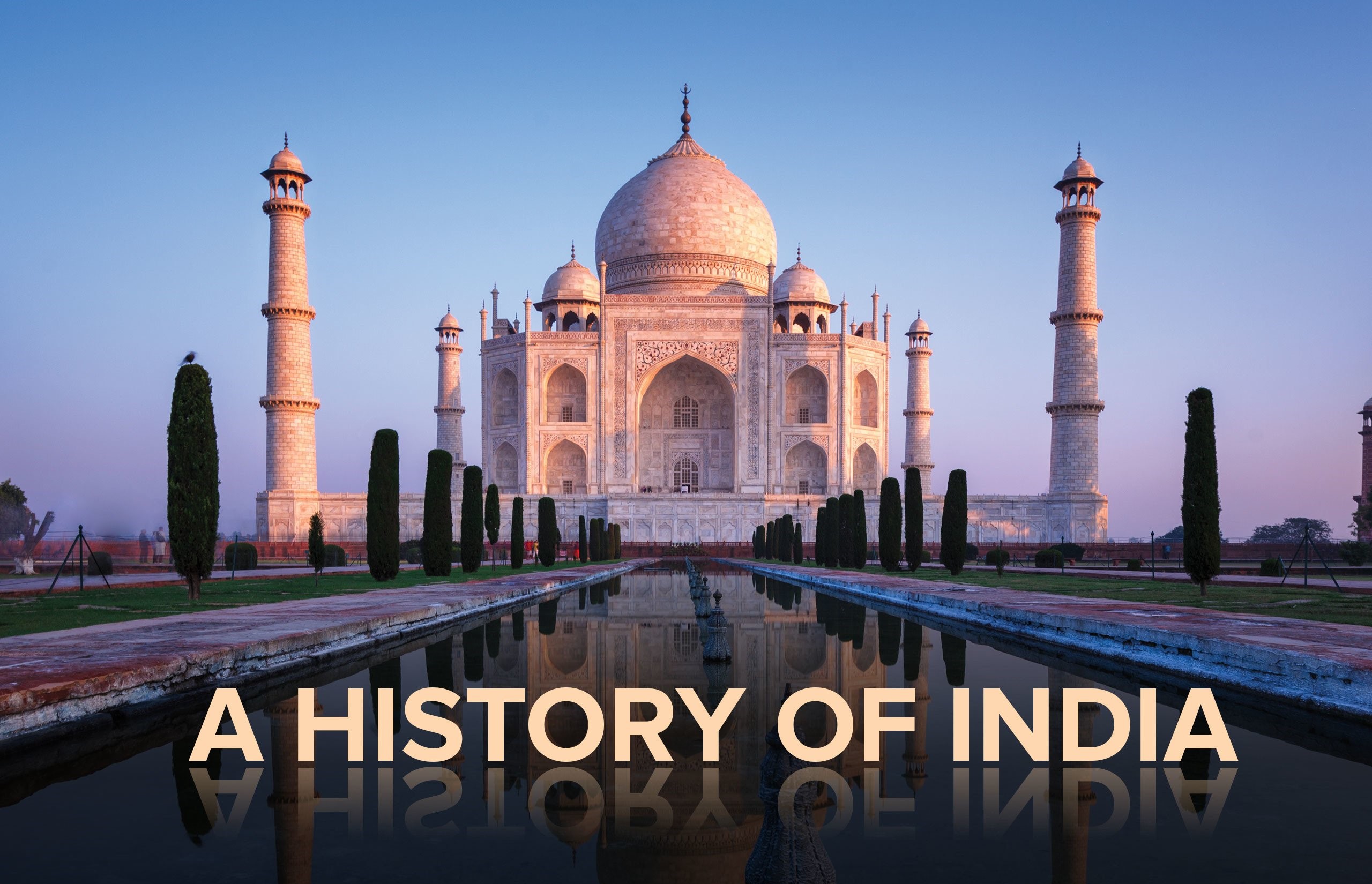Gupta Period
Gupta Period (319 AD-540 AD)
» In 4th Century AD a new dynasty, the Guptas arose in Magadha and established a large , kingdom over the greater part of Northern India (though their empire was not as large as that of the Mauryas). Their rule lasted for more than 200 years.
» This period is referred as the'Classical Age'or 'Golden Age'of ancient India and was perhaps the most prosperous era in the Indian history.
» According to epigraphic evidence, the founder of the dynasty was a person named Gupta. He used the simple title of Maharaja.
» Gupta was succeeded by his son Chatotkach, who also inherited the title of Maharaja.
Chandragupta 1: 319-334 AD
» He was the first Gupta ruler to assume the title of Maharajadhiraja.
» He strengthened his kingdom by matrimonial alliance with the powerful family of Lichchhavis who were the rulers of Mithila. His marriage to Lichchhvi princess Kumaradevi, brought to him enormous power, resources and prestige. He took advantage of the situation and occupied the whole of fertile Gangetic Valley.
» He started the Gupta Era in 319-20 AD.
» Chandragupta I was able to establish his authority over Magadha, Prayaga and Saketa.
Samudragupta: 335-380 AD
» Samudragupta was the greatest king of Gupta dynasty.
» The most detailed and authentic record of his reign is preserved in the Prayaga Prasasti or Allahabad pillar inscription composed by his court poet Harisena.
» According to Prayaga Prasasti, he was a great conqueror.
» In the Gangetic Valley and Central India, Samudragupta annexed the territories of the defeated monarchs, but in South India he remained content with alone and did not annex the territories of the vanquished rulers.
» Samudragupta's military compaigns justify description of him as the ‘Nepoleon of India' by V.A. Smith.
» The reference to his dominion over Java, Sumatra and Malaya island in the sea shows that he had a navy.
» When he died his mighty empire bordered that of the Kushan of Western province (modem Afghanistan and Pakistan) and Vakatakas in Decca (modern Southern Maharashtra).
» His greatest achievement was the political unification of most of India or Aryavarta into a formidable power.
» Samudragupta was a Vaishnavite
» According to the Chinese writer Wang-Hiuen-Tse, Meghavama, king of Sri Lanka, sent an embassy to Samudragupta for his permission to build a monastery for Buddhist pilgrims at Bodh Gaya.
Chandragupta II 'Vikramaditya': 380-414 AD
» According to 'Devi Chandragupta' (Vishakhadatta), Samudragupta was succeeded by Ramgupta It seems Ramgupta ruled for a very short period.
He was'the only Gupta ruler to issue copper coins'.
» Ramagupta, a coward and impotent king, agreed to surrender his queen Dhruvadevi to Saka invader. But the prince
Chandragupta II, the younger brother of the king, resolved to go to the enemy's camp in the guise of the queen with a view to kill the hated enemy. Chandragupta II succeeded in killing the Saka ruler.
» Chandragupta II also succeeded in killing Ramgupta, and not only seized his kingdom but also married his widow Dhruvadevi.
» Chandragupta II extended the limits of empire by matrimonial alliances (with the Nagas and Vakatakas) and conquests (Western India). He married Kubernagaoi Naga dynasty and married his daughter Prabhavati gupta with Vakataka prince Rudrasena II.
» As a result of the overthrow of Saka rule in Western India, the Gupta empire extended up to Arabian sea. He issued silver coins in the memory of victory over Sakas. He was 'the first Gupta ruler to issue silver coins' and adopted the titles Sakari and Vikramaditya Ujjain seems to have been made the second capital by Chandragupta II.
» Mehrauli (near Kutub Minar, Delhi) Iron Pillar inscription says that the king defeated the confederacy of Vangas and Vahilkas (Bulkh).
» Navaratna (i.e. nine gems) of Chandragupta II :
1. Kalidasa (Poetry- Ritusamhar, Meghadutam, Kumarsambhavam, Raghuvamshama; Dramas- Malvikagnimitra, Vikramorvashiyam, Abhijnan-Shakuntalam)
2. Amarsinh (Amarsinhkosha)
3. Dhanavantri(Navanitakam – medicine text)
4. Varahmihira (Panch Sidhantaka, Vrihatsamhita, Vrihat Jataka, Laghu Jataka)
5. Vararuchi (Vartika-a comment on Ashtadhyayi)
6. Ghatakarna
7. Kshapranak
8. Velabhatt
9. Shanku
» It was in Chandragupta's time that the Chinese pilgrim Fahien visited India.
Kumaragupta I; 415-455 AD
» Chandragupta II was succeeded by his son Kumaragupta I.
» Towards the end of his reign, the Gupta empire was threatened from the North by the Huns, who were temporarily checked by his son Skandagupta.
» Kumaragupta was the worshipper of god Kartikeya.
» He founded the Nalanda Mahavihara which developed into a great centre of learning.
Skandagupta : 455-467 AD
» Skandagupta, the last great ruler of the Gupta dynasty.
» During his reign the Gupta empire was invaded by the Huns. He succeeded in defeating the Huns. Success in repelling the Hunsseems to have been celebrated by the assumption of the title 'Vikramaditya' (Bhitari Pillar Inscription).
» The continuos attacks of the Huns weakened the empire and adversely affected its economy. The gold coinage of Skandagupta bears testimony to this.
» The decline of the empire began soon after his death.
